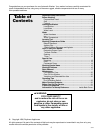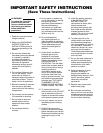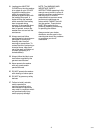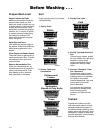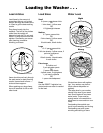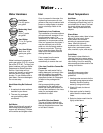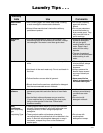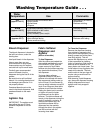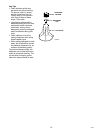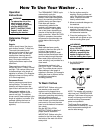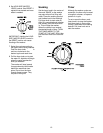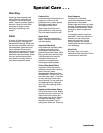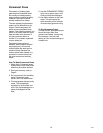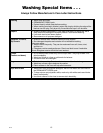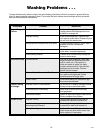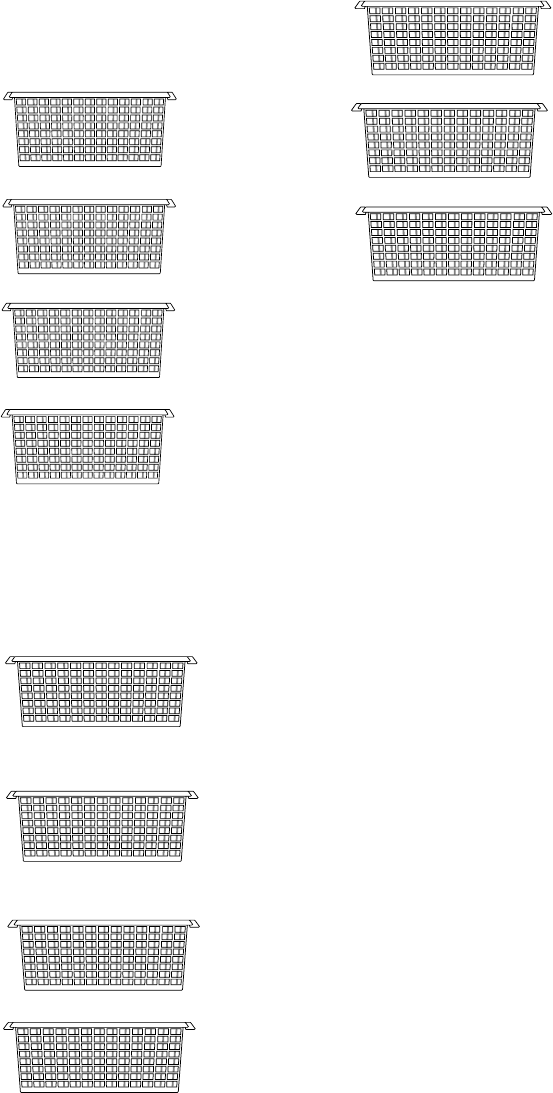
5
36729
Before Washing . . .
Prepare Wash Load
Empty Pockets and Cuffs
Make sure all pockets are empty
and turn them inside out. One
bobby pin, metal or plastic toy, nail
or sharp object in a load can catch
laundry and cause tears. Facial
tissue left in a pocket will produce
extreme “lint”. A crayon or lipstick
in a wash load may cause stains
that cannot be removed. Roll
down cuffs and shake out grass,
sand, and gravel.
Mend Rips and Tears
Little holes can become bigger in
the washer. Mend holes and tears
before placing garments in the
washer.
Close Zipper and Fasten Hooks
These can catch on garments in a
wash load and tear them. Tie belts
and sashes so they won’t wind
around clothes.
Remove Nonwashable Trim
Check for colorfastness too, by
squeezing a portion of garment in
warm or hot sudsy water. If the
color bleeds or runs, wash the
item separately in cold water.
Sort
Proper sorting is easy if you follow
a few guidelines:
1. Sort by Color
Whites
W308IE0A
Lights
Darks
Non-Colorfast
2. Sort by Fabric and
Construction
Cottons and
Linens
W309IE0A
Synthetics,
Blends & Poly Knits
Permanent
Press
Delicates
3. Sort by Care Label
4. Sort By Type and Amount of
Soil
Children’s play clothes, as well
as work clothes, will need extra
treatment. Lightly soiled
clothes can become dingy if
washed with heavily soiled
items.
5. Sort Lint “Shedders” From
Lint “Receivers”
Some fabrics attract lint and
should not be washed with lint-
shedding loads. Lint shedders
are cottons, terry towels,
chenille bedspreads, rugs, and
clothes which have been
heavily bleached.
Lint receivers are synthetics,
permanent or durable press,
knits (including socks),
corduroy, and other smooth
fabrics.
Pretreat
Pretreat shirt collars and cuffs
with a pre-wash product or liquid
detergent when placing them in
the washer. Before washing, treat
special stains with bar soap, liquid
detergent or a paste of water and
granular detergent. Use a pretreat
soil and stain remover.
Cold
W310IE0A
Warm
Hot




